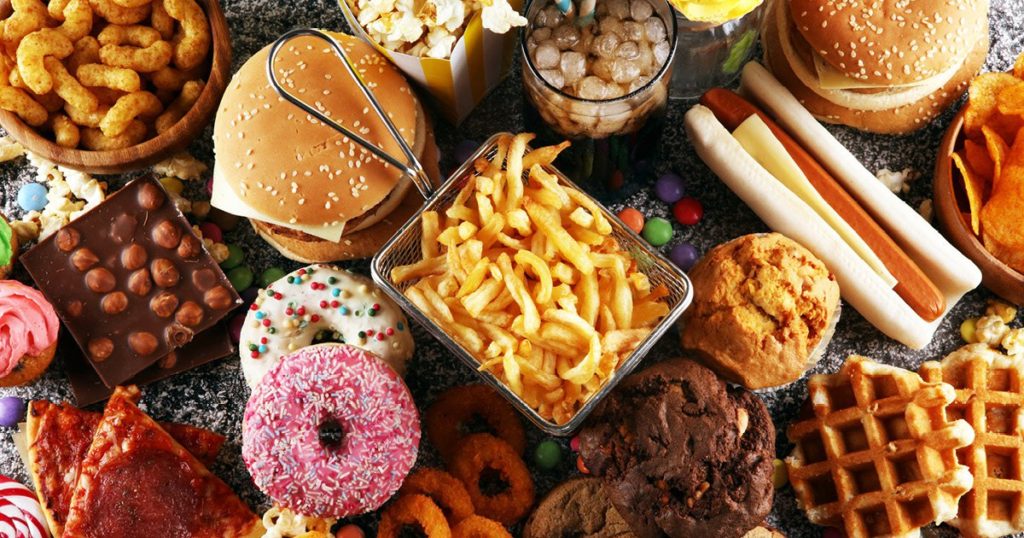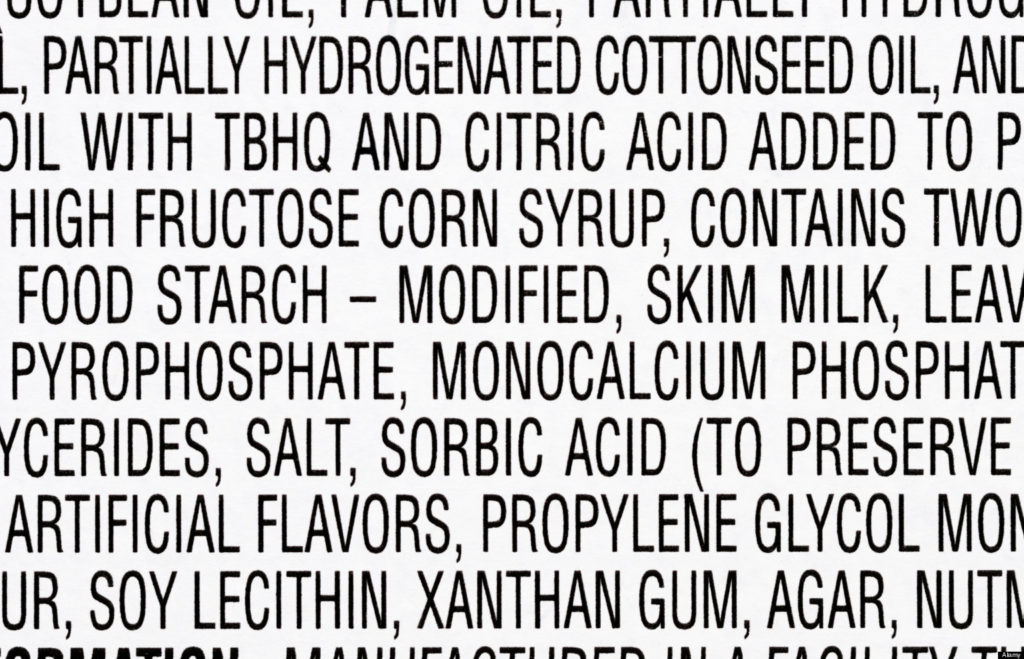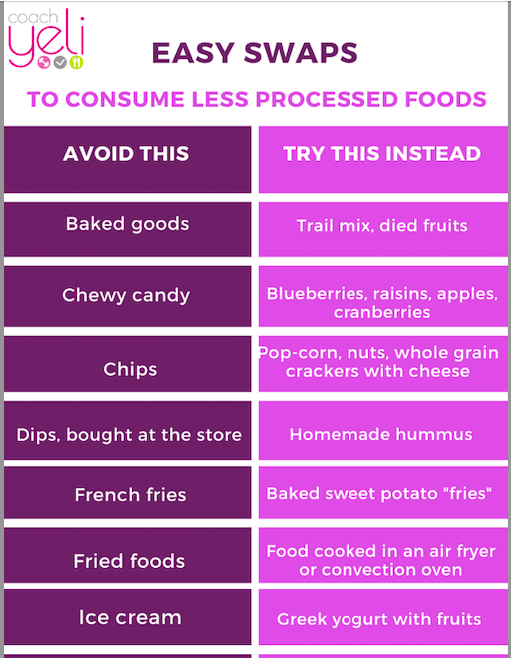Blog
- Lifestyle, Nutrition
Why Ultra-Processed Food Is So Bad For You
- Yeli

All food that has been placed in bottles, cans, boxes or bags is “processed”in some way to prevent spoilage. There are many reasons why a diet high in processed food is bad for your body: they tend to be high in sugars, unhealthy fats like trans fats -which often lead to weight gain and all the problems that can arise as a result- and they usually contain excessive amounts of sodium.
According to the American heart Association “more than 70% of the sodium Americans eat comes from packaged, prepared and restaurant foods”. This can lead to high blood pressure heart disease and strokes. these items are also low in fibre, probably accounting for a significant amount of constipation.
If you are eating a lot of processed food, then you’re not getting enough of the minerals, vitamins, omega-3 fatty acids and phytonutrients that are good for you, despite the nutrient fortification you might see on a label. fortification consist of the addition of only a few nutrients and only at the doses required to prevent a frank nutritional deficiency disease such as rickets or scurvy.
How can I tell Which Foods are Heavily Processed?
Ultra-processed foods have no real resemblance to real or minimally processed foods, although they may be shaped, labeled, and marketed to seem wholesome and fresh. They are not! Most moderate and ultra-processed foods are composed primarily of ingredients rather than whole, real foods.
The best way to assess how processed the food you are about to buy is, is by reading the ingredient list: are the items in the list things that are easy to pronounce? Also, the fewer ingredients the best it is!

Chemicals in Our Food and the Precautionary Principle
Many processed foods contain a lot of chemicals, including artificial colors and preservatives, some of which may be harming to your overall health. Few consumers know which chemicals are present, or we are fooled by them being labeled “natural flavors”, “all-natural”, or “anti-oxidant”. In general, the public needs to understand that companies are free to add many chemicals that have not proven to be safe. That’s right! This is the opposite of what a cautious approach would be – proving a chemical is safe before adding it to our food supply. But that approach, called the Precautionary Principle, is not followed by many Western governments.
Easy Swaps
For those moments when you crave something crunchy, salty or sweet, use these easy swaps:

Hoping this info was useful! Make sure to contact me if you need any help or if you have any questions!!!
